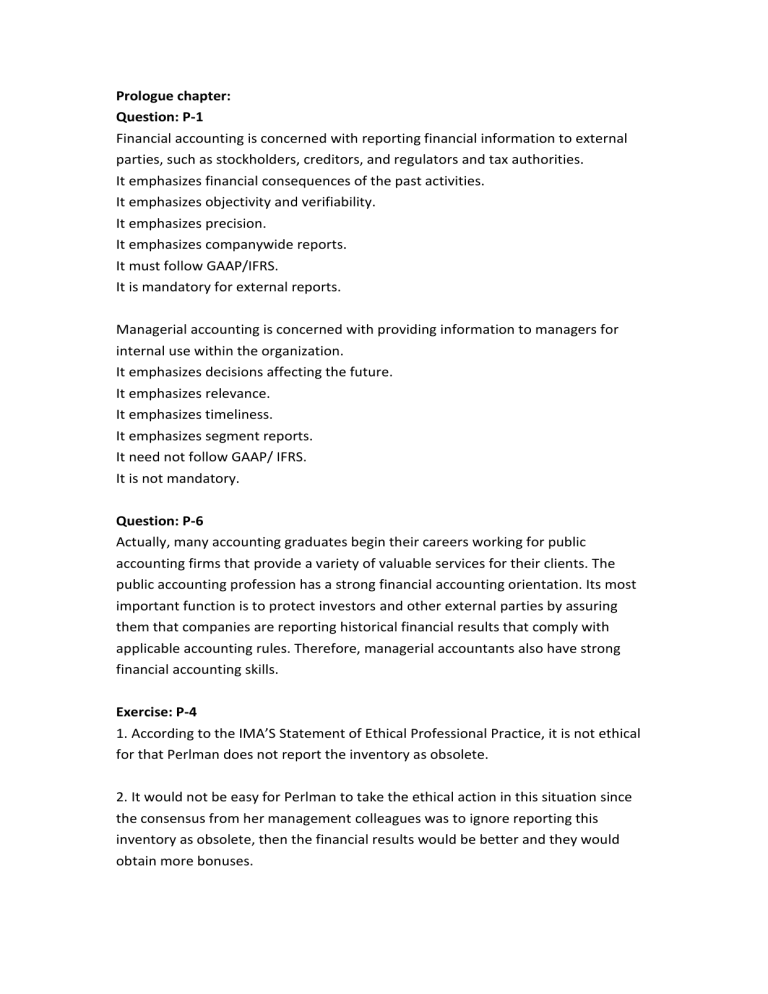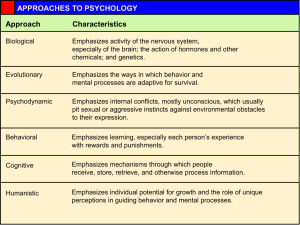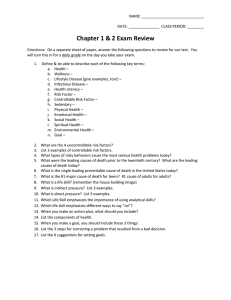
Prologue chapter: Question: P-1 Financial accounting is concerned with reporting financial information to external parties, such as stockholders, creditors, and regulators and tax authorities. It emphasizes financial consequences of the past activities. It emphasizes objectivity and verifiability. It emphasizes precision. It emphasizes companywide reports. It must follow GAAP/IFRS. It is mandatory for external reports. Managerial accounting is concerned with providing information to managers for internal use within the organization. It emphasizes decisions affecting the future. It emphasizes relevance. It emphasizes timeliness. It emphasizes segment reports. It need not follow GAAP/ IFRS. It is not mandatory. Question: P-6 Actually, many accounting graduates begin their careers working for public accounting firms that provide a variety of valuable services for their clients. The public accounting profession has a strong financial accounting orientation. Its most important function is to protect investors and other external parties by assuring them that companies are reporting historical financial results that comply with applicable accounting rules. Therefore, managerial accountants also have strong financial accounting skills. Exercise: P-4 1. According to the IMA’S Statement of Ethical Professional Practice, it is not ethical for that Perlman does not report the inventory as obsolete. 2. It would not be easy for Perlman to take the ethical action in this situation since the consensus from her management colleagues was to ignore reporting this inventory as obsolete, then the financial results would be better and they would obtain more bonuses. Chapter 1: Management accounting and cost concepts Question: 1-1 The three major costs for manufacturing companies are direct materials, direct labor and manufacturing overhead. Direct materials are raw materials that become an integral part of the finished product and whose costs can be conveniently traced to the finished product. Direct labor consists of labor costs that can be easily traced to individual units of products. Manufacturing overhead includes all manufacturing costs except direct materials and direct labor. Manufacturing overhead costs are indirect costs because they cannot be easily traced to specific products. Question: 1-3 Product costs include all costs involved in acquiring or making a product. Period costs are all the costs that not product costs. Therefore, all selling and administrative expenses are treated as period costs, such as sales commissions, advertising executive salaries, public relations, and the rental costs of administrative offices. Therefore, the difference between them is that product costs are related to the cost of products; the period costs are related to other costs for operating a business. Question: 1-11 The traditional formal income statement would organize costs into two categories – cost of goods sold and selling and administrative expenses only. The contribution format income statement would clearly distinguish between fixed and variable costs for planning, controlling, and decision making. Therefore, there is contribution margin by deducting all variable expenses from sales.


